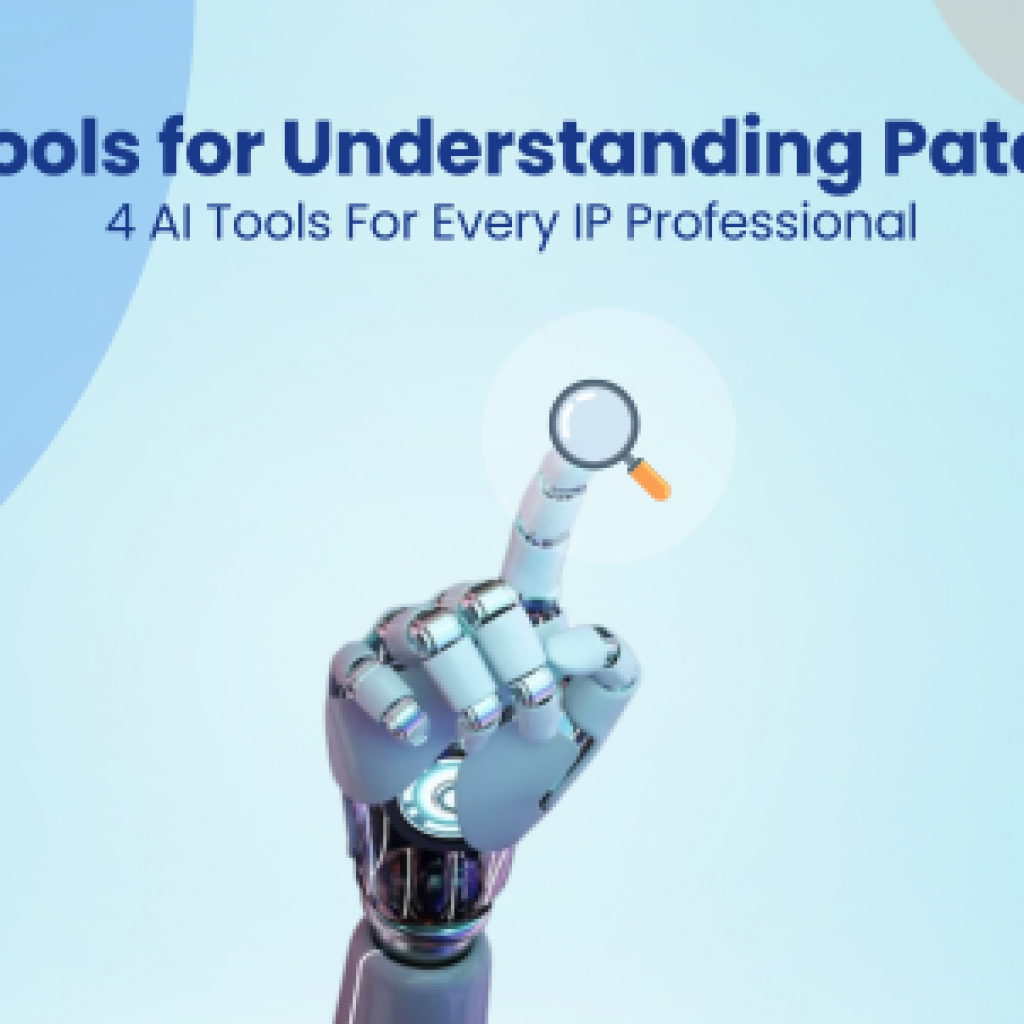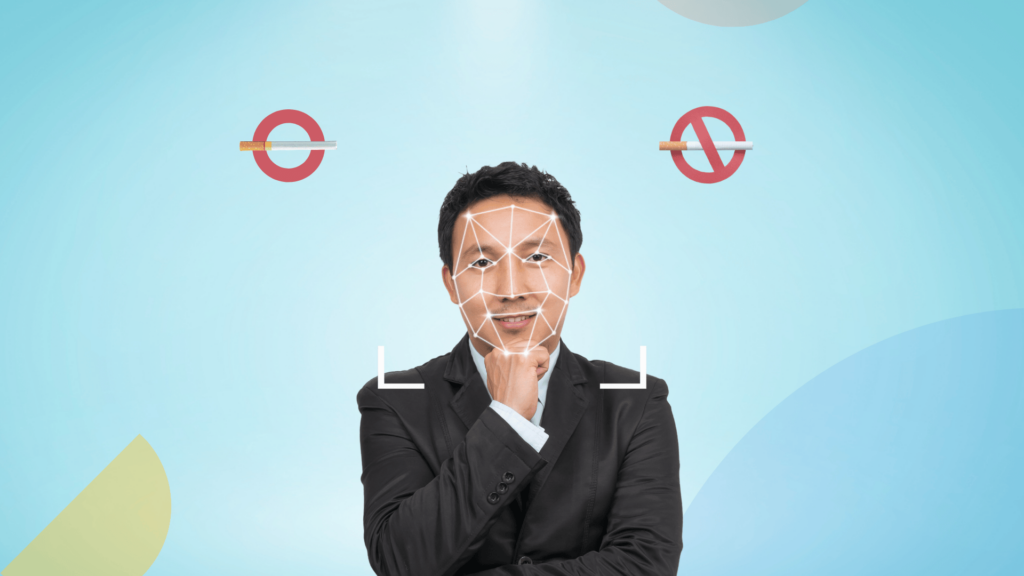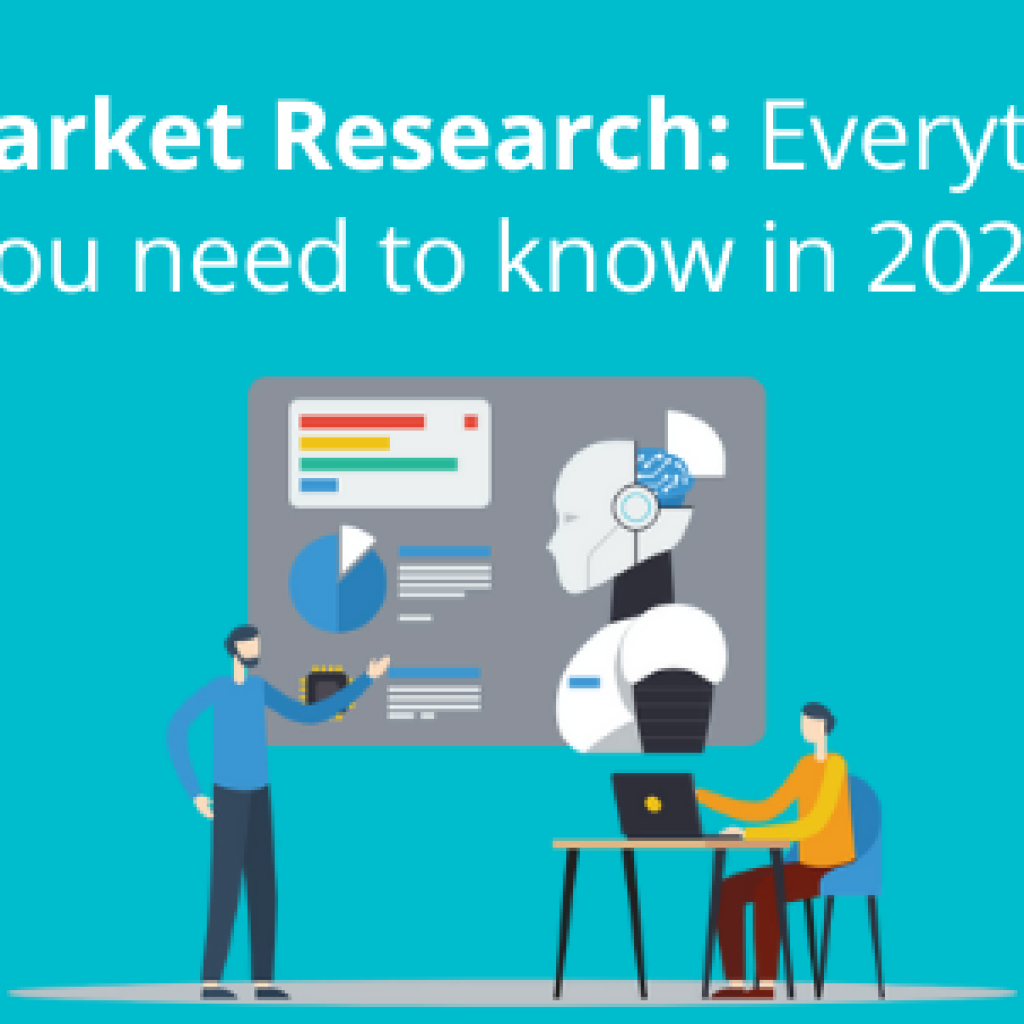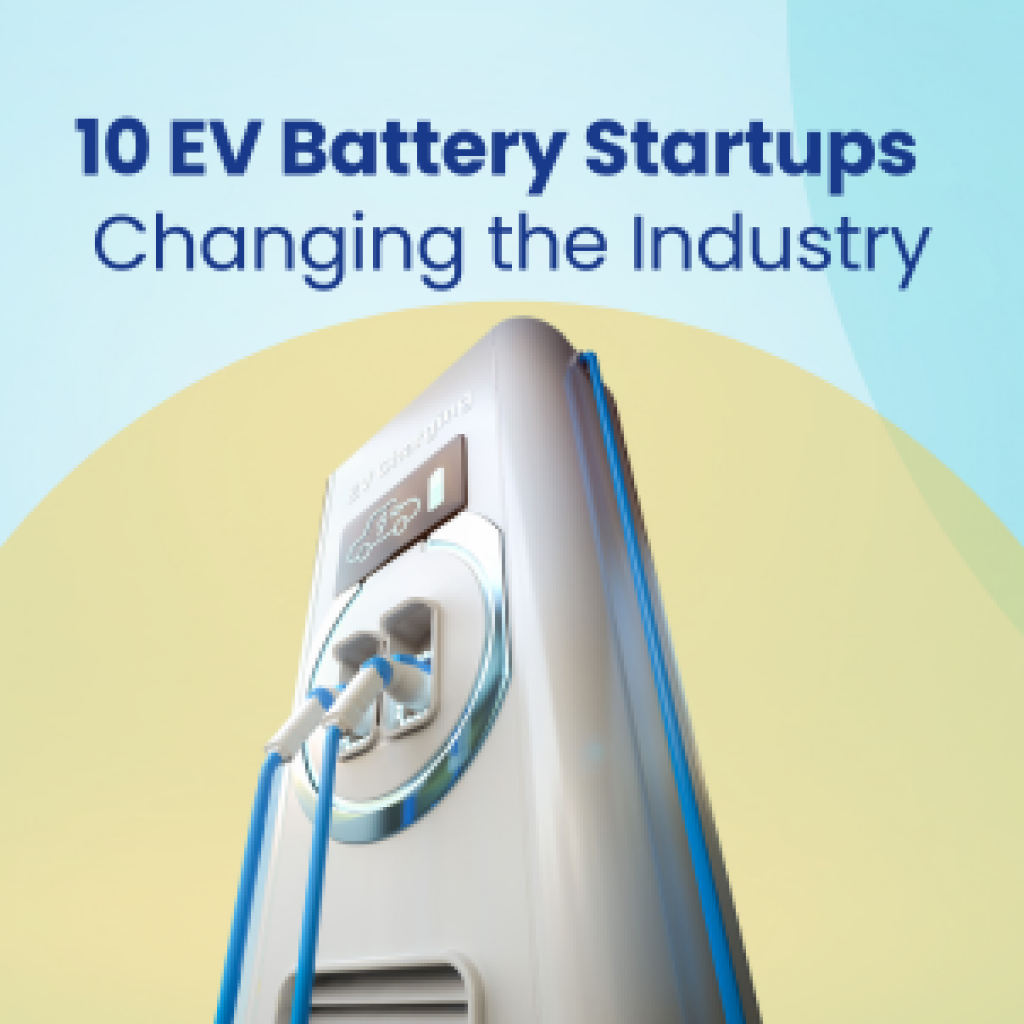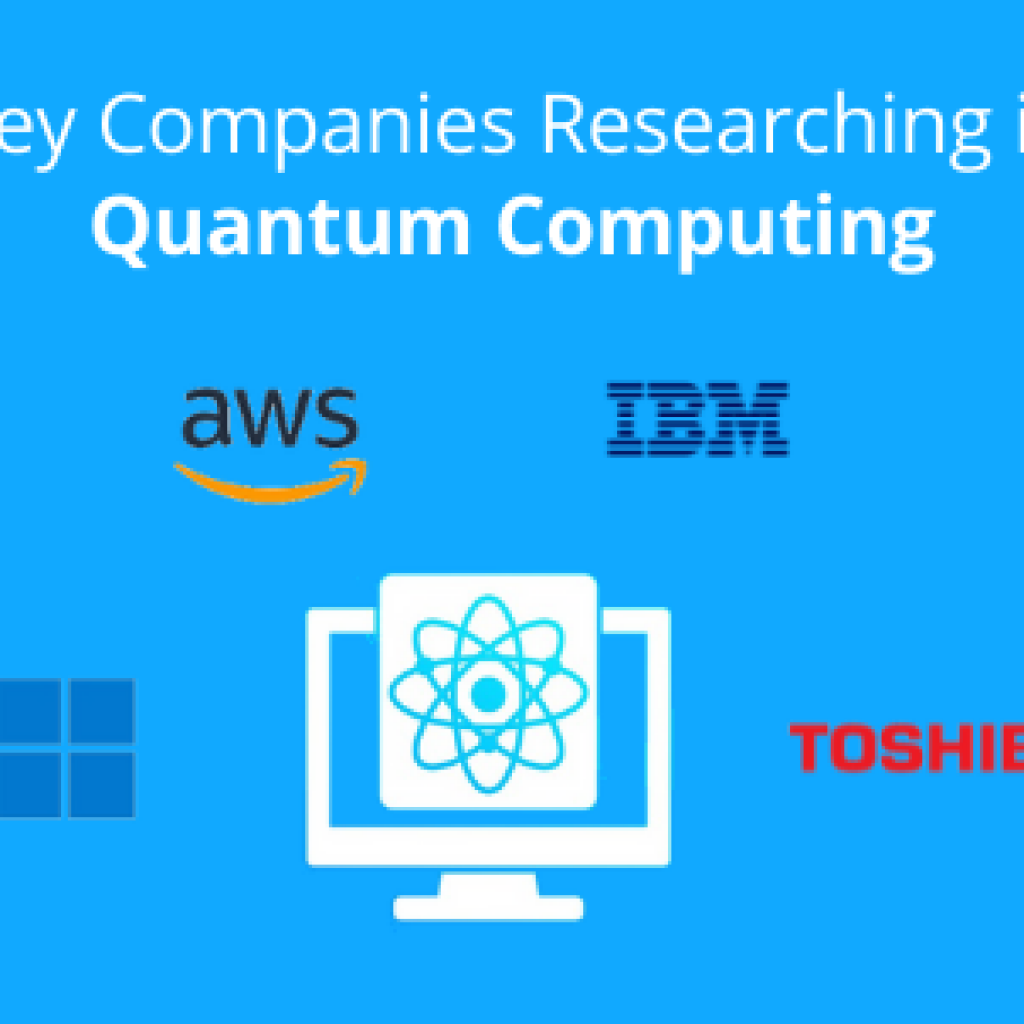Artificial Intelligence (AI) refers to a branch of computer science and technology focused on the development of systems and algorithms that possess the capacity to perform tasks typically requiring human intelligence. AI systems are designed to analyze and interpret data, reason, make informed decisions, and adapt to evolving circumstances. Key components of AI encompass machine learning, natural language processing, computer vision, and robotics.
AI technologies are leveraged across a broad spectrum of applications, including but not limited to data analysis, automation, problem-solving, language translation, and autonomous decision-making. The overarching goal of AI is to simulate human cognitive abilities, enabling machines to understand, learn from experience, and efficiently address complex challenges.

What is the Importance and Prevalence of AI?
Artificial Intelligence has disrupted and revolutionized various areas and businesses, such as healthcare, transportation, finance, education, marketing, and entertainment. The importance of artificial intelligence and its following components has been widely recognized.
- Artificial Intelligence uses data to accelerate repetitive learning and discoveries. It executes frequent, high-volume computerized tasks rather than automating manual processes. It does so consistently and without exhaustion.
- Deep neural networks enable artificial intelligence to attain remarkable accuracy. For example, Deep learning is utilized in Alexa and Google, and because of that, accuracy improves with each use. In medical care, using artificial intelligence (AI) technologies such as deep learning and object recognition has facilitated the identification of cancer in medical pictures with enhanced precision.
- AI enhances the intelligence and capabilities of many products, making them more valuable and user-friendly. For instance, Siri in Apple products demonstrates AI’s role in improving user experience.
- Integrating automation, conversational platforms, bots, and intelligent robots with extensive data analysis substantially improves various technologies, streamlines processes, and fosters innovation and efficiency.
- AI utilizes advanced neural networks with several hidden layers (Deep learning models) to analyze extensive and complex data sets. This advancement is made possible because of increases in computing power and the availability of big data. DL models demand a large volume of data for training, as they derive their learning directly from this data.
- AI evolves using progressive learning algorithms, allowing the data to execute the programming. AI detects structure and regularities in data to ensure that algorithms can learn. Similar to the way an algorithm can train itself to play chess, it can also educate itself on what product to promote next online. When new data is presented to the models, they adapt. (Source) (Source)
Its significance rests in making people’s lives simpler. These technologies are highly beneficial to humans and are designed to reduce human labor as much as possible. They can usually work through an automated procedure. (Source)
What are the Benefits of AI?
Artificial Intelligence is revolutionizing various industries such as healthcare, transportation, finance, education, marketing, and entertainment.
Businesses can improve processes, acquire a competitive advantage, and drive growth by incorporating AI technologies into business elements. AI will continue to set new trends, expanding into new areas and revolutionizing how industries operate and evolve with its immense potential for innovation and progress. It helps:
- Improves Efficiency and Productivity in Workflows –AI aids in improving time-consuming operations and provides improved, error-free workflows. For example, AI can reduce administrative processes in medical processes and allow medical personnel to focus on providing personalized patient care. It will improve overall patient satisfaction and reduce efforts for healthcare providers.
- Predictive Analytics – Artificial Intelligence (AI) has the necessary capabilities and algorithms to interpret and draw conclusions from large amounts of data in less time and effort. It can extract relevant data required for analysis, which will help organizations make informed decisions using predictive analytics. By analyzing massive amounts of data, AI systems can identify patterns and trends humans may overlook, providing organizations with valuable insights to make wiser decisions.
- Automates Repetitive Tasks and Processes – AI facilitates the automation of typical, tedious operations such as data collection, data entry, customer-focused business, email replies, software testing, invoice production, etc.
- AI-driven Robotic Process Automation (RPA) technologies automate interactions across many corporate systems, making arduous tasks more manageable. To execute business functions, it can replicate human behaviors within digital systems in HR, IT, marketing, and sales departments.
- Reducing and Minimizing Errors: AI models are built on predictive analysis; thus, there is no room for error. Since RPA technologies handle data entry and processing, digital systems become more productive and less prone to encountering or generating problems due to data processing errors.
- More Advanced Customer Service – Ongoing artificial intelligence generates a consistent stream of 360-degree client insights for hyper-personalization. Businesses may utilize AI to curate real-time information and create high-touch experiences that contribute to growth, retention, and overall happiness, from 24/7 chatbots to speedier help desk routing. (Source) (Source) (Source) (Source)
Types of Artificial Intelligence
Artificial Intelligence spans from Narrow or Weak AI, designed for specific tasks, to General or Strong AI, which can perform any cognitive function akin to a human. Additionally, there’s the concept of Artificial Superintelligence, which surpasses human intelligence. Other types include Reactive Machines, Limited Memory AI, Theory of Mind AI, and Self-aware AI. Significant branches also encompass Machine Learning, with subsets like Deep Learning, Neural Networks, and Natural Language Processing. AI further extends into Robotics, Expert Systems, and Fuzzy Logic. Each category represents a unique facet of AI’s vast and continuously developing landscape. One critical application of AI today includes internet surveillance, where intelligent algorithms monitor, analyze, and interpret online activities to detect threats, misinformation, or behavioral patterns.
1. Narrow or Weak AI
Artificial Narrow Intelligence (ANI) is a goal-oriented variant of AI aimed to execute a single task better, such as tracking weather updates, producing data science reports by analyzing raw data or playing games.
ANI is essential for voice assistants such as Siri, Alexa, and Google Assistant. Intelligent systems in this category have been built or trained to do specific activities or solve specific issues without being specifically designed to do so.
Although ANI is generally described as weak AI since it lacks general intelligence, some benefits of narrow AI include voice assistants, image-recognition systems, etc.
Self-driving cars also come under weak AI because they are trained to navigate their surroundings using an annotated driving dataset. A typical self-driving vehicle has several ANI systems that are essential for the vehicle’s seamless movement in a highly complicated metropolitan area. (Source) (Source) (Source)
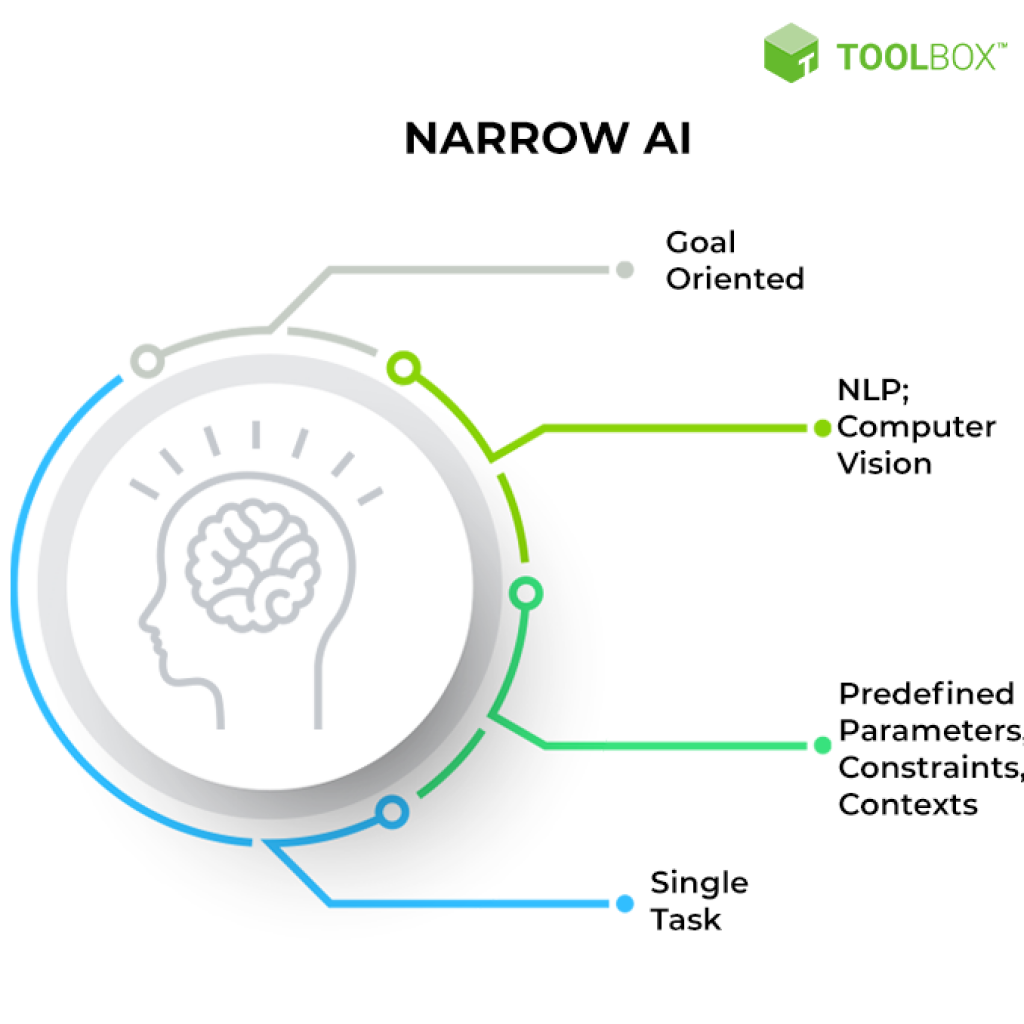
Source: Spiceworks
2. General or Strong AI
General AI is more similar to what is shown in science fiction films, where sentient computers mimic human intellect by thinking strategically, abstractly, and artistically and can control a wide range of complicated jobs. Artificial General Intelligence (AGI) is an AI that can comprehend, learn, and implement knowledge across tasks and areas.
It integrates cognitive flexibility, adaptability, and basic problem-solving skills and may be applied to broader use cases. True AGI should be capable of performing human-level tasks and displaying abilities that no existing computer can.
Some AI experts predict that AGI will continue to evolve. Ray Kurzweil, inventor and futurist, projected that machines will acquire human-level intelligence by 2029 in an interview at the 2017 South by Southwest Conference.
According to Wayne Chang, Co-Founder of Digits, “AGI doesn’t exist today in the way we think about it. However, the speed of innovation towards AGI is accelerating. In its ideal state, AGI would perform tasks identical to or surpass those that a human would perform.” (Source) (Source) (Source)
3. Artificial Superintelligence
Artificial Superintelligence (ASI) represents a hypothetical AI that surpasses human intellect, combining advanced cognitive abilities with the capacity to self-improve. While it could theoretically emulate and interpret human emotions and behaviors, ASI remains a conceptual ideal rather than an existing technology.
Current AI research primarily focuses on Artificial Narrow Intelligence (ANI), which excels in specific tasks. The ongoing development of artificial general intelligence (AGI), which aims to match human cognitive abilities, is a necessary precursor to the potential emergence of ASI.
Engineers and AI researchers are actively exploring AGI, laying the groundwork for future advancements towards ASI. (Source) (Source) (Source)
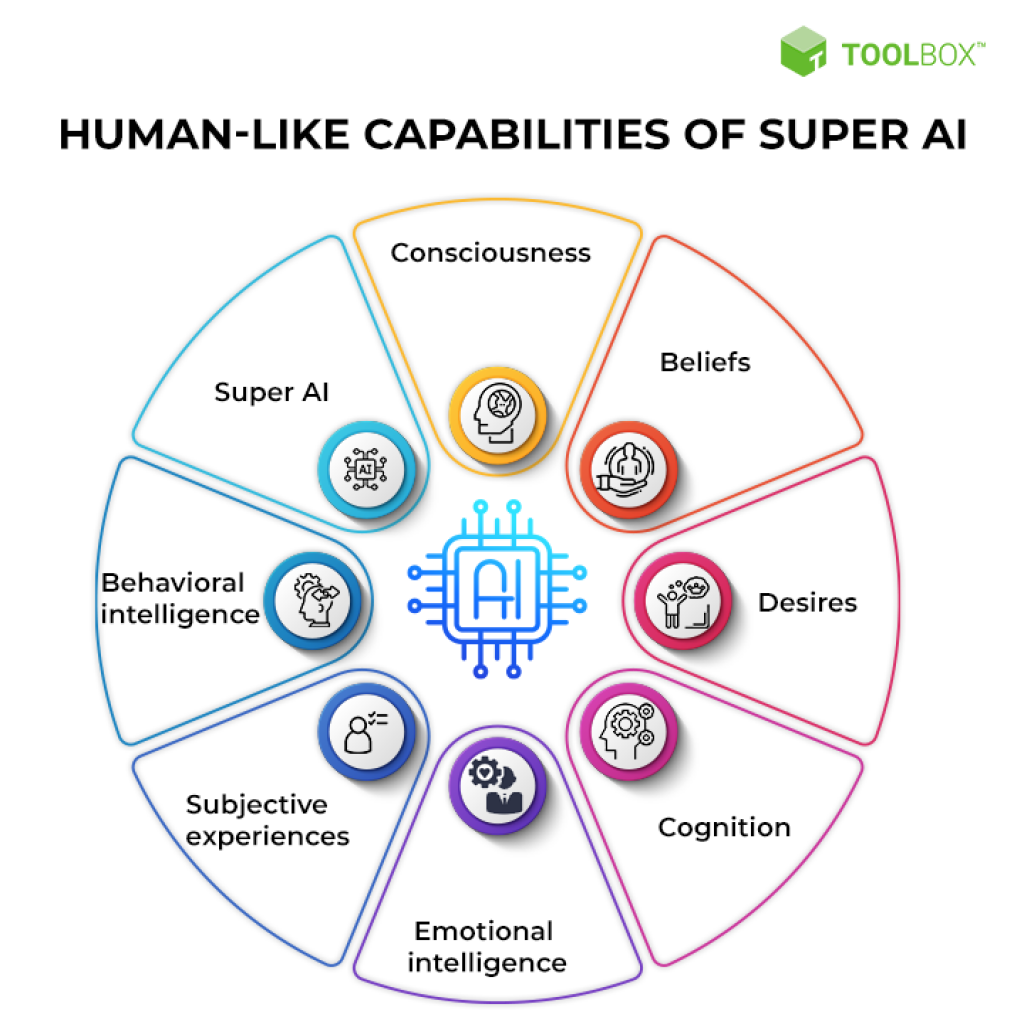
Source: Spiceworks
What is Machine Learning?
Machine Learning (ML) is a subfield of artificial intelligence (AI) and computer science that utilizes data and algorithms to mimic how humans learn, gradually improving accuracy.
It is a critical component of the rapidly expanding discipline of data science. Algorithms are instructed using statistical approaches to produce classifications or predictions and to find critical insights in data mining operations. These insights influence decision-making within applications and enterprises, ideally influencing key growth indicators.
Emerging ML-powered applications such as ChatGPT, Dall-E 2, and GitHub Copilot utilize historical data to create predictions, classify information, cluster data points, reduce dimensionality, and even help develop fresh information.
TensorFlow and PyTorch are frameworks that accelerate solution creation when developing machine learning algorithms. Machine learning is classified into four types:
- Supervised learning
- Unsupervised learning
- Semi-supervised learning
- Reinforcement learning
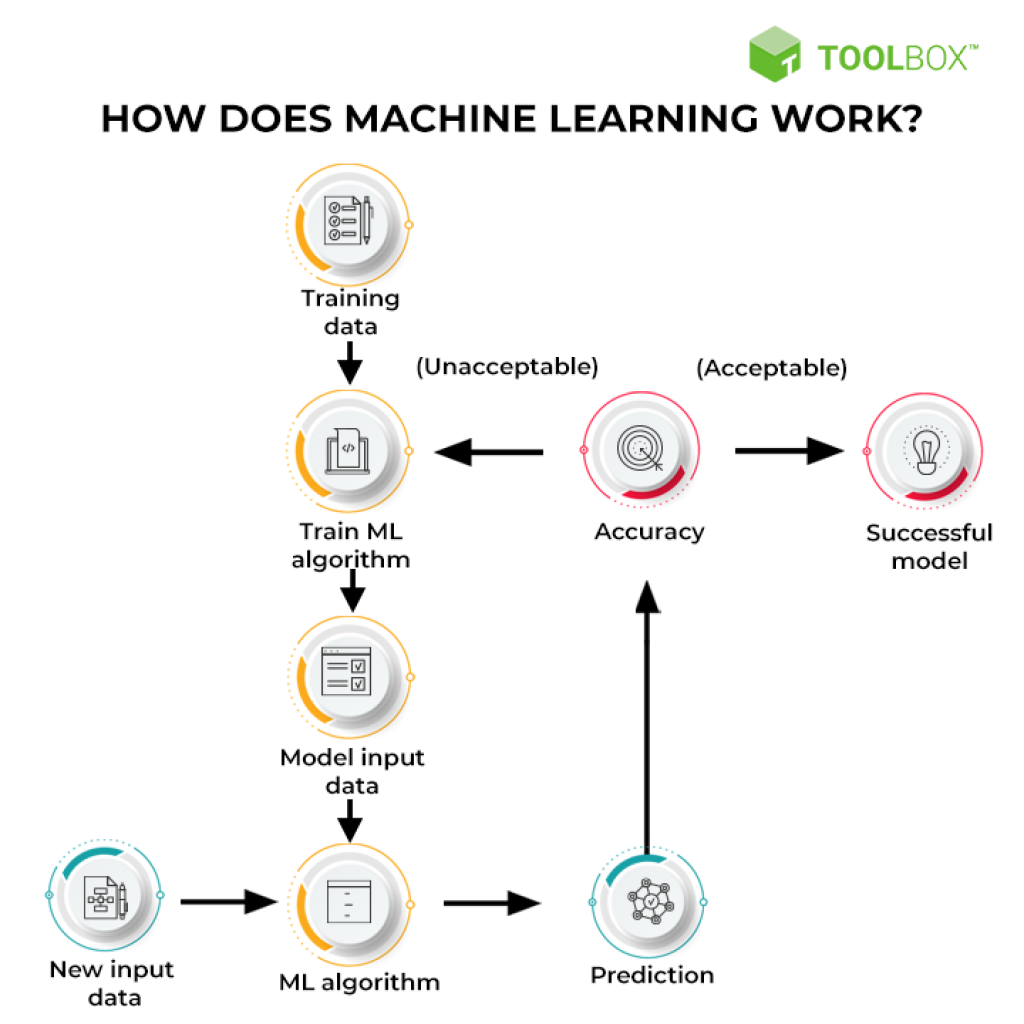
Source: Spiceworks
ML is utilized in various industries. For example, ML algorithms and machine vision are vital components of self-driving cars, assisting them in securely navigating the highways. Machine learning is implemented in healthcare to diagnose and recommend treatment solutions. Fraud detection, spam filtering, malware threat identification, predictive maintenance, and business process automation are some more common ML use cases. (Source) (Source) (Source)
Examples of Machine Learning in AI Applications
Machine learning is the most recent phrase to dominate the global corporate landscape. It has caught the public imagination, bringing up images of self-learning AI and robotics in the future. Machine learning techniques assist AI in learning without explicitly programming the desired action.
- Image Recognition – One of the most common applications of machine learning is image recognition, which involves identifying items, people, places, and digital photos. Image recognition and facial identification are used in automatic buddy tagging suggestions. Image recognition has also aided in the revolutionization of the healthcare industry by utilizing smart technologies in disease recognition and diagnosis procedures.
- Speech Recognition – Speech recognition, exemplified by intelligent systems like Alexa and Siri, is a prime application of machine learning in AI. This technology translates spoken words into text, employing advanced machine learning algorithms to interpret and respond to human speech accurately. These applications are integral to modern voice-activated devices and software, showcasing the practical utility of machine learning in everyday technology.
- Product Recommendations – Machine learning is frequently utilized by e-commerce and entertainment companies such as Amazon, Netflix, and others to recommend products to users. Product suggestion is a prominent component of practically every e-commerce website today, and it is a sophisticated use of machine learning algorithms. Websites utilize machine learning and AI to track user behavior based on previous purchases, search habits, and cart history and then offer product recommendations for the user.
- Self-Driving Cars – Self-driving cars are one of the most exciting uses of machine learning since they play a crucial role. Even if the algorithms and technology stack underlying these technologies are modern and innovative, it is machine learning that has enabled these applications. Tesla, one of the most well-known automobile manufacturers, is developing a self-driving vehicle. It educates the automobile models to recognize people and objects while driving using an unsupervised learning method.
- Online Fraud Detection – By detecting fraud, machine learning makes online transactions safer and more secure. There are several ways to perform an online transaction fraudulently, such as creating bogus accounts and IDs and pillaging money in the middle of a transaction. However, as digitization progressed, fraudulent transactions and operations increased. The Feed Forward Neural Network assists us in identifying fraud by verifying whether the transaction in question is legitimate or fraudulent. Each authentic transaction corresponds to a distinct pattern that is altered to identify fraudulent transactions; thus, this mechanism enhances the security of online transactions.
- Medical Diagnosis – Machine learning is utilized in medical science to diagnose disorders. As a result, medical technology is rapidly evolving and capable of creating 3D models that can anticipate the precise location of lesions in the brain. Significant healthcare sectors are actively investigating the use of machine learning algorithms to improve management.
- Machine learning models make pneumonia identification, brain tumor detection, and various other health-related tasks with greater than 90% accuracy. They can also anticipate how long people will wait in emergency rooms across multiple hospital departments.
- Virtual Personal Assistant – People utilize virtual personal assistants to get essential information via text or speech. Speech recognition, speech-to-text conversion, natural language processing, and text-to-speech conversion are popular ML techniques used in virtual assistants. This capability is provided by Google’s GNMT (Google Neural Machine Translation), a Neural Machine Learning that translates text into a familiar language known as automatic translation. A sequence-to-sequence learning algorithm is at the heart of automatic translation technology. (Source) (Source) (Source)
What is Deep Learning?
Deep learning is a subfield of machine learning and artificial intelligence (AI) that mimics how humans acquire specific types of information.
Deep learning algorithms, known as neural networks, are inspired by the structure of the human brain. These neural networks are interconnected network switches programmed to learn to recognize, similar to the human brain and nervous system.
Deep learning techniques use a multi-layered neural network to provide a result without pre-processing the input data. Deep learning has the perk of processing data in ways that simple rules-based AI cannot. The technology can achieve unambiguous business results such as enhanced fraud detection, increased agricultural yields, improved warehouse inventory control system accuracy, and many more.
A wide range of techniques can be employed to develop robust deep-learning models. Learning rate decay, transfer learning, training from the beginning, and dropout are some methods. (Source) (Source) (Source)
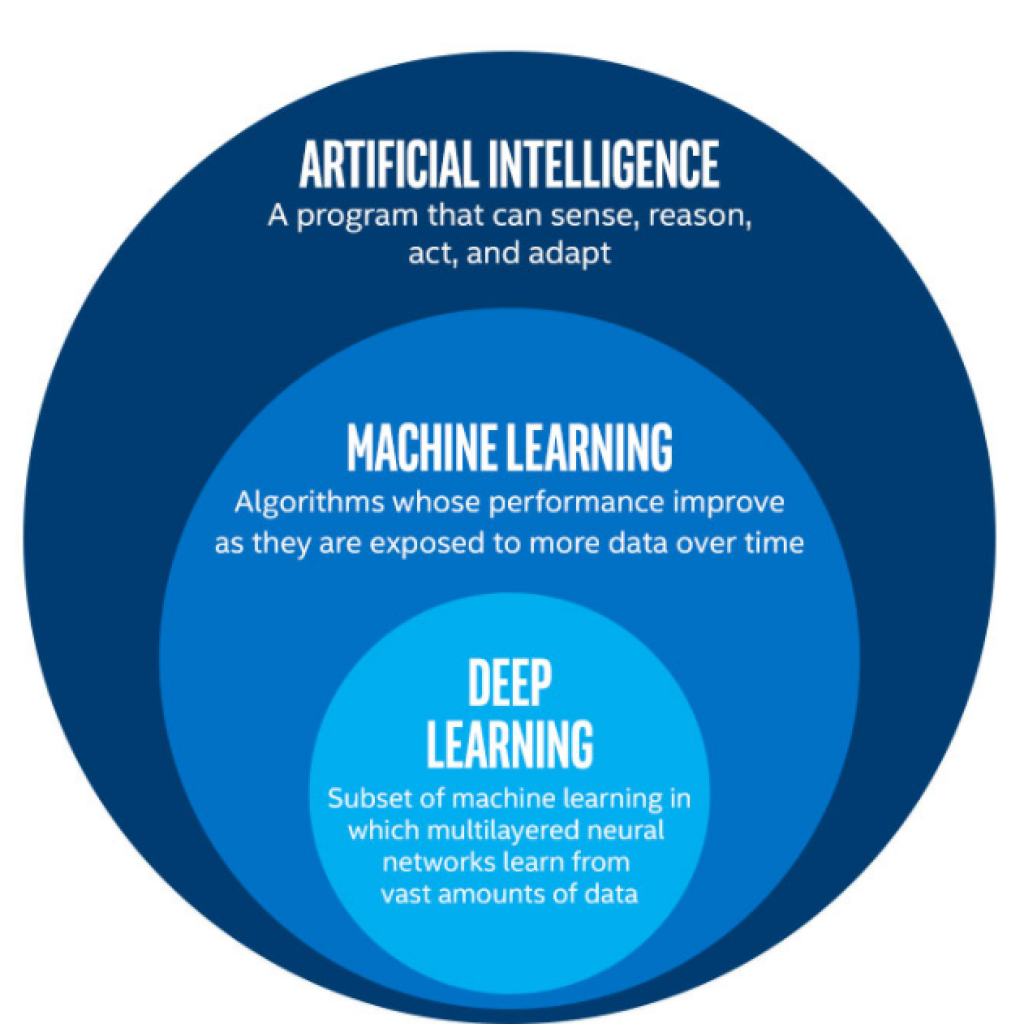
Source: Medium
Machine Learning vs Deep Learning
Deep learning is a subset of machine learning. A machine learning workflow begins with manually extracting important features from photos. Relevant features from photos are automatically extracted using a deep learning approach.
Furthermore, deep learning accomplishes “end-to-end learning,” in which a network is provided with raw data and a task to perform, such as classification, and automatically learns how to do so. Not all machine learning is deep learning, but all deep learning is machine learning. Both mechanisms use training data to decide which algorithm best fits the data. On the other hand, traditional machine learning methods necessitate some human input to pre-process the information before deploying the algorithms.
Deep learning can process data in methods that simple rules-based AI cannot. The technology can achieve unambiguous business outcomes such as enhanced fraud detection, increased agricultural yields, improved warehouse inventory control systems accuracy, and many more.
Machine learning algorithms require fewer inputs than deep learning algorithms, but data quality is more critical. On the contrary, deep learning algorithms require enormous amounts of data to generate neural networks but may learn and improve on their own as new data is processed.
Machine learning is utilized in many applications, including regression, classification, and clustering. In comparison, deep learning is usually utilized for complicated tasks such as picture and speech recognition, natural language processing, and autonomous systems. Machine learning systems can be easily set up and run quickly, but their efficiency may be limited. Deep learning techniques, while requiring more time to set up, can yield results instantly (though the quality is expected to improve over time as more data becomes accessible). (Source) (Source) (Source) (Source) (Source)
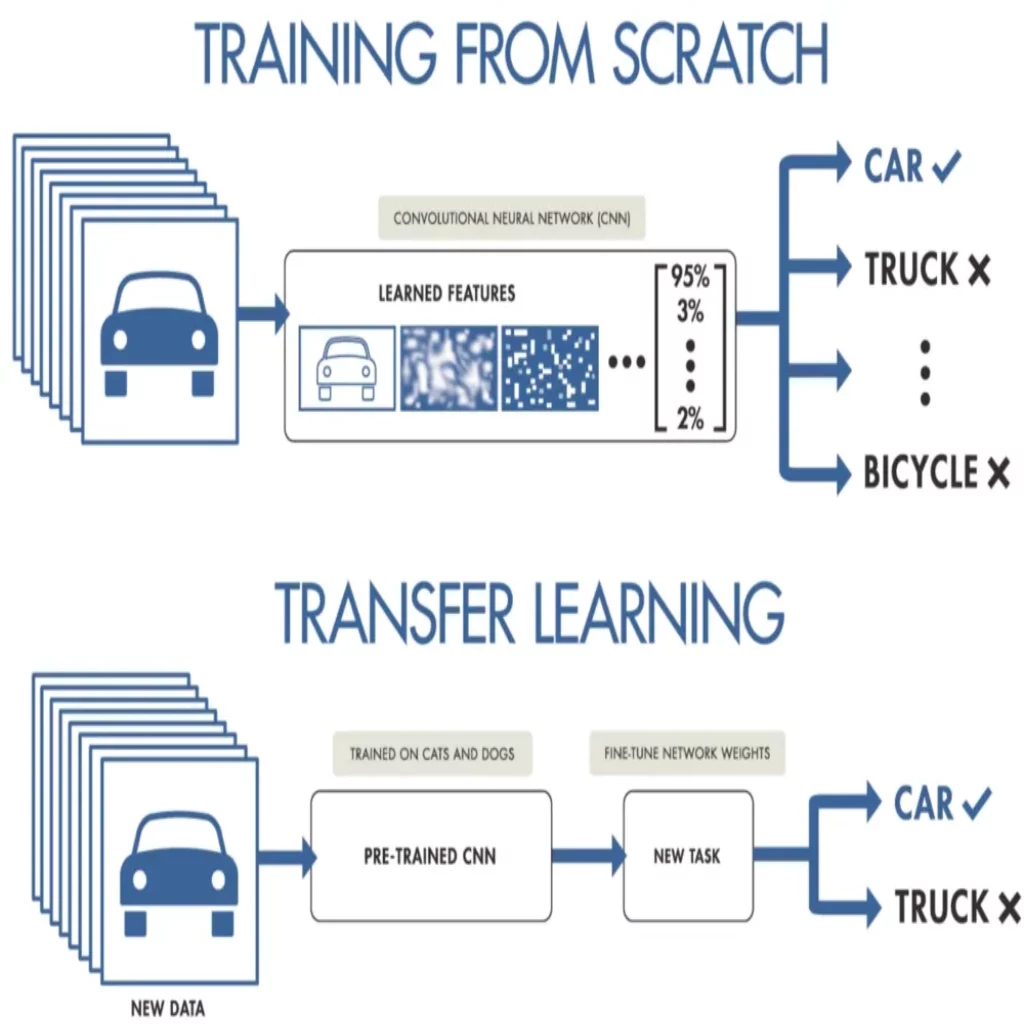
Source: Medium
What is Generative AI?
The phrase generative AI has gained prominence due to the rising prominence of generative AI programs such as OpenAI’s conversational chatbot ChatGPT and the AI picture generator DALL-E.
Generative AI involves models or algorithms that generate new output from vast input volumes, such as text, photographs, videos, code, data, or 3D renderings. The models ‘create’ new content by returning to the data on which they were trained and generating new predictions.
ChatGPT has quickly grown in popularity, gaining over one million users in the first week of its launch. Many other businesses, such as Google, Microsoft’s Bing, and Anthropic, have raced to compete in the generative AI sector. Generative AI is most typically used to generate content in response to natural language requests. It does not necessitate understanding or entry into code, but the enterprise application cases are extensive, including advances in medicine chip design and material science development.
The advantages of generative AI include quicker product creation, improved consumer experience, and increased employee productivity, but the details vary depending on the use case. Generative AI generates objects that can be incorrect or biased, necessitating human validation and potentially restricting the time it saves employees.
In a current Gartner online poll of over 2,500 executives, around 38% stated that the fundamental goal of their generative AI investments is customer experience and retention. At the same time, it was followed by revenue growth (26%), cost reduction (17%), and business resilience (7%). (Source) (Source) (Source) (Source)
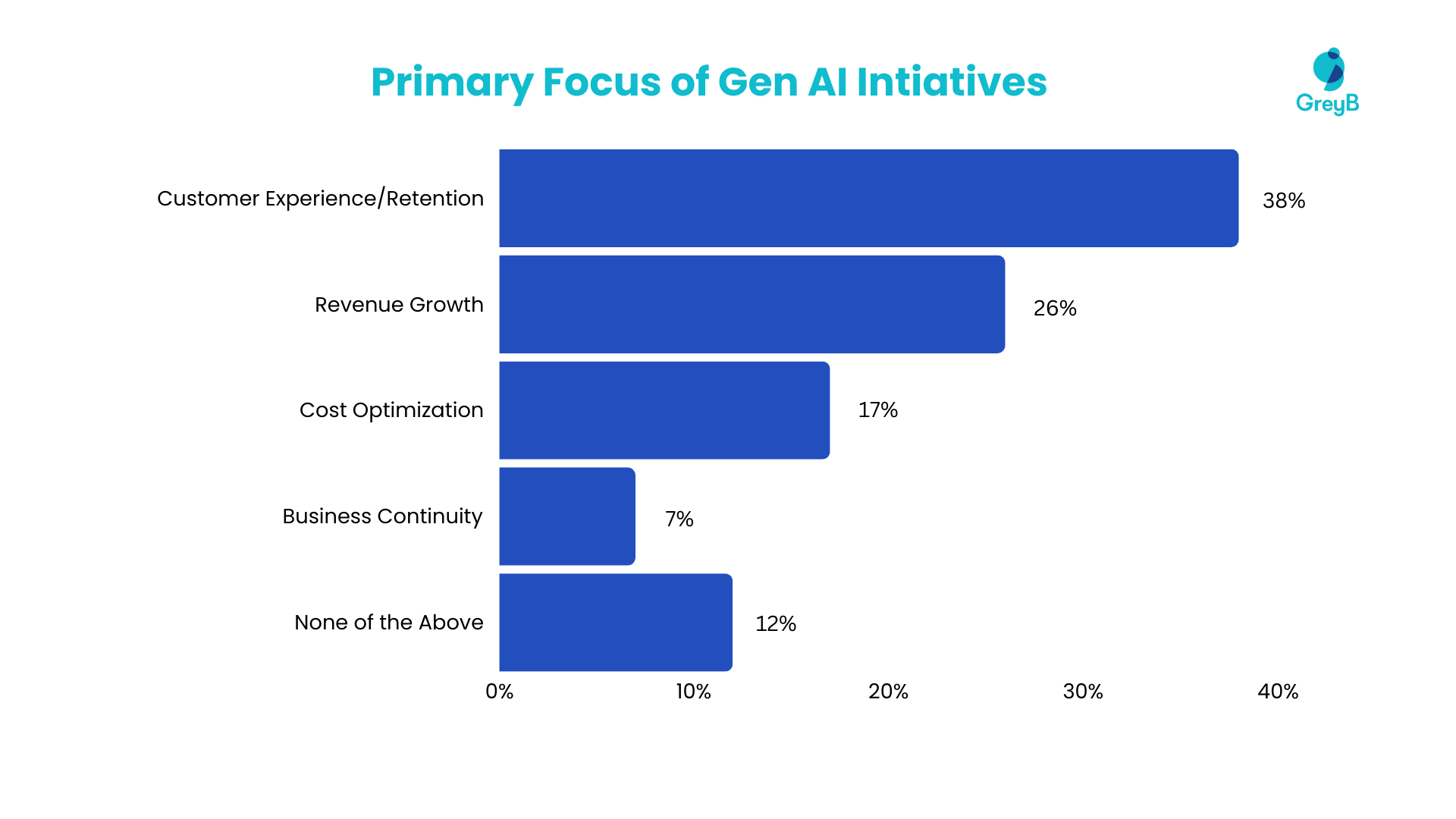
Source: Gartner
What is the Recent Example of Artificial Intelligence?
Some of the trending examples of artificial intelligence include:
1. ChatGPT – A natural language synthesis tool powered by AI technology that enables users to have human-like discussions with chatbots and more. The language model may address questions and help users write emails, articles, and code tasks. ChatGPT is a related model of InstructGPT, designed to respond to a prompt with a thorough response. The ChatGPT model is developed using Reinforcement Learning from Human Feedback (RLHF), with modest variations in the data collection setup from InstructGPT.
In early 2022, ChatGPT was developed using a model in the GPT-3.5 series and completed training. ChatGPT is free to use but also with a subscription option of $20 per month. (Source) (Source) (Source)
2. Self-Driving Vehicles – A self-driving car can sense its surroundings without human intervention. A human passenger is not necessary to drive the vehicle at any time, nor must a human passenger be present at all times. The Society of Automotive Engineers (SAE) now specifies six levels of driving automation, from Level 0 (completely manual) to Level 5 (completely automated). The US Department of Transportation has approved these standards. Self-driving cars execute software using sensors, actuators, machine learning systems, complex algorithms, and powerful processors.
Based on several sensors throughout the vehicle, autonomous vehicles develop and retain a map of their surroundings. Radar sensors track the movement of adjacent cars. Traffic lights, road signs, other vehicles, and pedestrians are all detected by video cameras. Lidar (light detection and ranging) sensors estimate distances, detect road boundaries, and recognize lane markers by bouncing light pulses off the car’s surroundings. When parking, ultrasonic sensors on the wheels recognize obstacles and other vehicles. After that, advanced software interprets all sensory input, calculates a path, and delivers commands to the car’s actuators, which regulate acceleration, braking, and steering.
Although still in its early stages, autonomous vehicle technology is becoming more prevalent and has the potential to revolutionize the transportation system completely. Google, Uber, Tesla, Nissan, and other major automakers, researchers, and technology businesses have already started creating self-driving technologies.
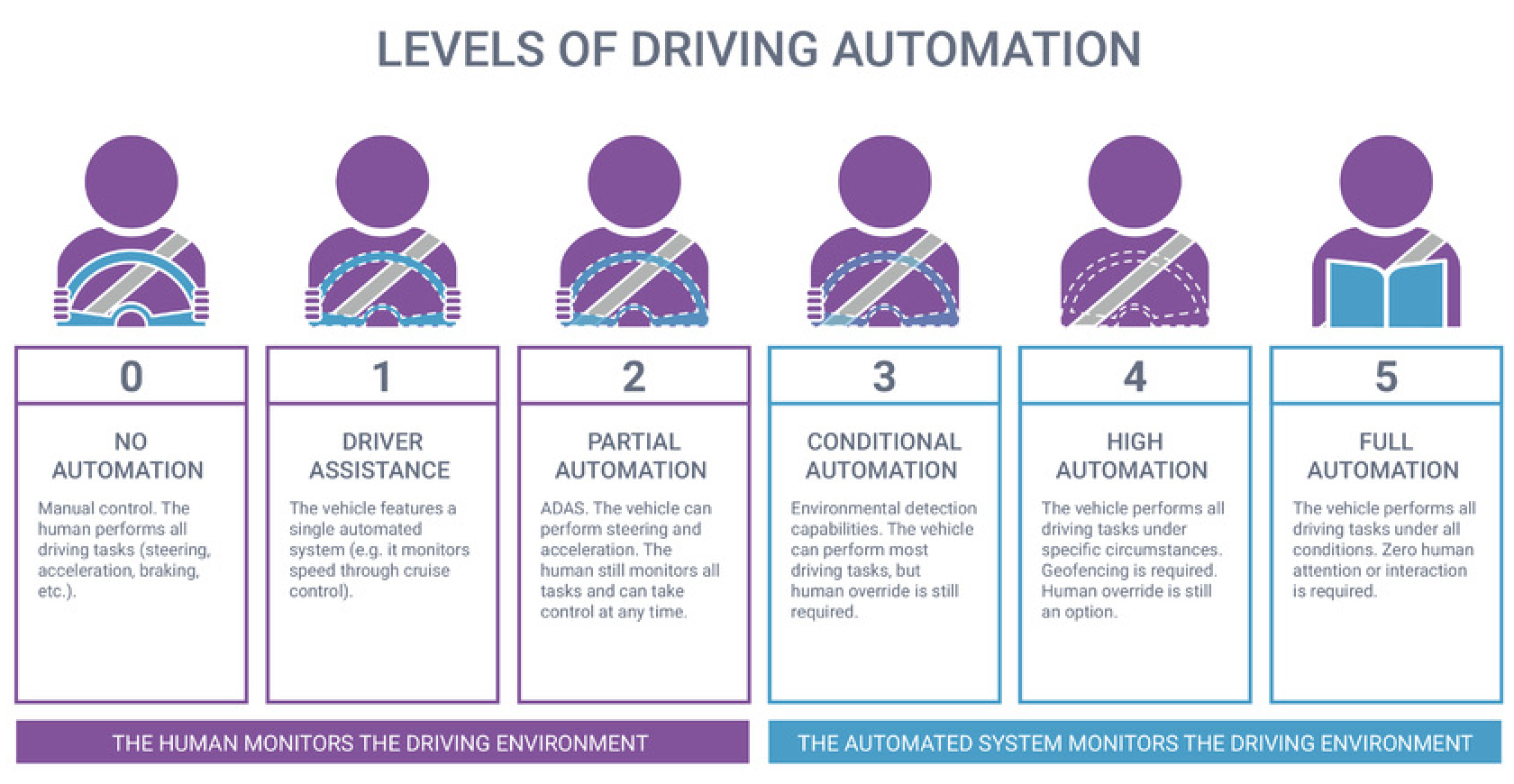
Source: 3CEMS
3. Robots – AI Robots are artificial entities that operate in the real world. AI programs manage AI robots using various AI technologies such as machine learning, computer vision, RL learning, etc. AI-powered robots are outfitted with a slew of sensors (including vision devices such as 2D/3D cameras, vibration sensors, proximity sensors, accelerometers, and other environmental sensors) that provide them with sensing input that they can analyze and respond to in real-time.
The most common types of AI-powered robots include:
- Autonomous Mobile Robots (AMRs)
- Articulated Robots (Robotic Arms)
- Cobots
For example, Intel® RealSenseTM products enable smart robots to sense their environment and comprehend products. Businesses may introduce AI to robots and other edge devices with Intel® AI technology and Intel® Vision Products designed for low-latency inference. (Source) (Source) (Source)
4. Smart Personal Assistants – A Smart AI assistant is a software application that employs artificial intelligence to offer information and carry out particular functions. It can read users’ text or speech inputs and provide conversational and proficient responses by integrating natural language processing and big language models.
Most AI smart assistants are available and can be connected over smartphones, smart speakers, and other platforms, such as instant messaging apps. Artificial intelligence technology is popular and widely used in AI development firms. Some AI firms have created apps and smart gadgets with voice assistants to improve the user experience. Some examples of such smart personal assistants are:
- Siri
- Google Assistant
- Alexa
- Jasper
- WriteSonic
- Otter.ai
- Fireflies
- Cleo
- Bixby and many more
Smart assistants are rapidly improving to give consumers new capabilities. As speech recognition and natural language processing (NLP) have improved, so has the virtual/ smart assistant’s ability to interpret and carry out requests. As voice recognition technology improves, AI-powered assistants will become more prevalent in commercial procedures. According to Gartner, AI assistants will be more common, with around 50% of the knowledge workers utilizing an intelligent AI-powered assistant daily by 2025. (Source) (Source) (Source)
Applications Areas of AI
Businesses across many industries utilize artificial intelligence to optimize their operations and services, from manufacturing to marketing. As AI technology advances, some areas have already been revolutionized, while others will be profoundly transformed in the future years. (Source)
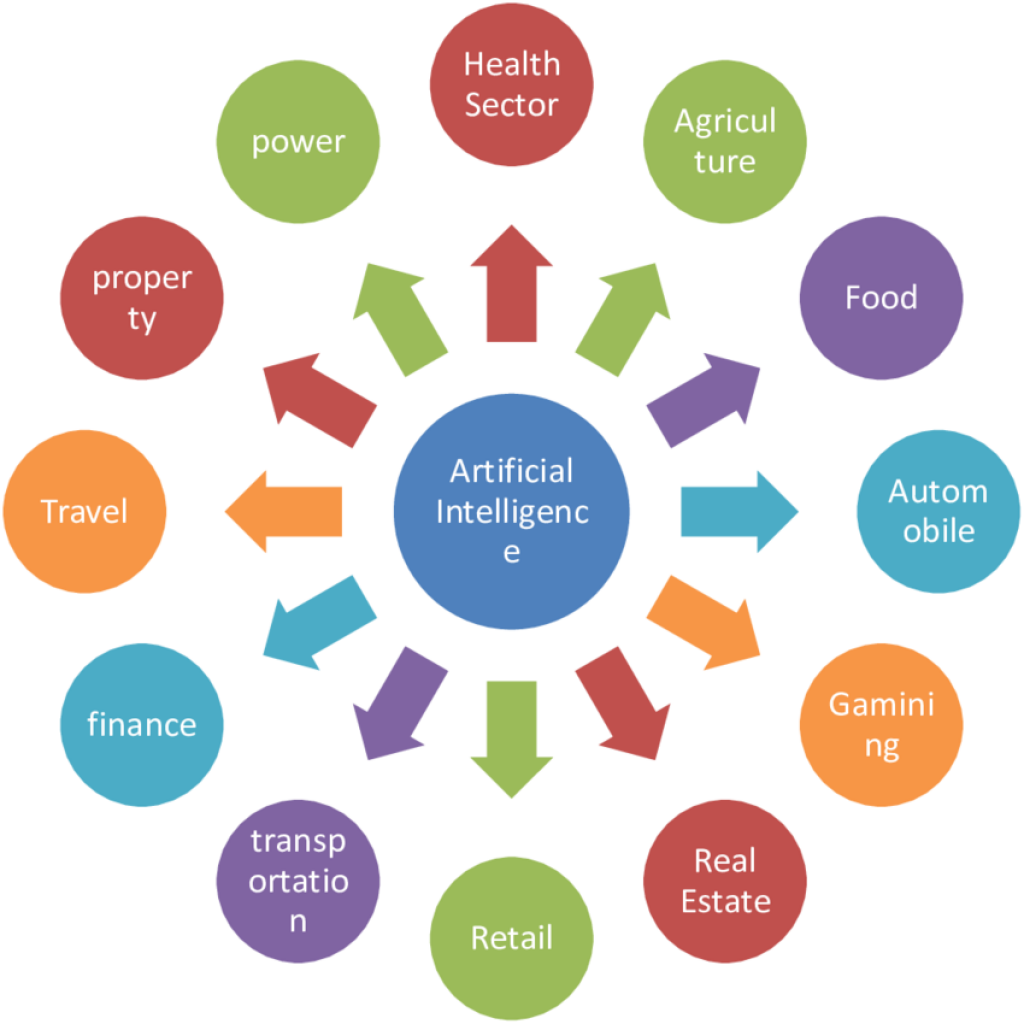
Source: ResearchGate
AI in Healthcare
Artificial Intelligence (AI) is used in healthcare services like data mining for discovering patterns and performing extremely accurate diagnostics and treatment of medical disorders.
Medical imaging, medication administration, drug development, and robotic surgery are applications of AI in healthcare. The involvement of technological giants such as Microsoft, Google, Apple, and IBM also fuels the AI advancement of the medical sector.
The bio-pharma startup NuMedii, known as Artificial Intelligence for Drug Discovery (AIDD), is a prominent example of medical and AI fusion. It uses big data and AI to identify the link between diseases and medications at the system level.
During the COVID-19 epidemic, specialists relied heavily on AI and machine learning to forecast the virus’s growth and impact, primarily as it evolved. Data from such models has enabled public health and healthcare authorities to implement policies and plan resources to reduce the growth rate. (Source) (Source) (Source)
AI in Retail and E-Commerce
Retail and e-commerce stand apart as sectors where the application of AI is most visible and observable, especially to the end users. AI has enabled various companies to meet and surpass consumers’ changing requirements and expectations. The retail business increasingly relies on machine artificial intelligence to improve response time and constantly modify fraud models to represent new behaviors based on data analysis.
Most chatbots offered on e-commerce platforms are AI-powered and are built to respond rapidly to frequent client concerns. AI applications are also utilized to improve the customer experience. (Source) (Source) (Source)
AI in Banking and Financial Services
Artificial Intelligence (AI) is transforming the landscape of banking and financial services, streamlining processes and enhancing customer experiences.
In personal banking, AI-driven algorithms assist in analyzing consumer behavior, enabling customized financial products to individual needs. This technology plays a pivotal role in risk assessment, where it processes vast amounts of data to accurately evaluate loan eligibility and interest rates, significantly speeding up approval processes.
In investment banking, AI is revolutionizing asset management. Algorithms capable of processing complex market data provide tailored investment advice, once the exclusive domain of human advisors.
It is a game-changer in fraud detection, employing advanced pattern recognition to identify and mitigate fraudulent activities, safeguarding institutions and customers. AI streamlines claim processing in insurance and offers personalized insurance products by analyzing individual risk profiles.
COIN (Contract Intelligence), used by J.P. Morgan Chase, is a great example of AI in finance. The AI uses deep learning algorithms to interpret commercial loan agreements, a task previously consumed 360,000 hours of work annually by lawyers and loan officers. It reduces the processing time to mere seconds and decreases the error rate. COIN shows the immense potential of AI in transforming traditional banking operations.
Another example of AI transformation in the finance sector (fraud detection) is J.P. Morgan Chase’s AdviseAI, which utilizes patented algorithms for anomaly detection. This technology scrutinizes transaction patterns and flags irregularities that deviate from typical customer behavior. (Source) (Source) (Source)
AI in Real Estate
Artificial intelligence in the real estate sector has created new opportunities for agents, brokers, and clients. While agents become more efficient and productive, brokers become more strategic in their approach, and customers feel more empowered.
AI-powered bots assist brokers and agents in meeting the needs of people trying to purchase, rent, or sell property in an efficient way. Real estate experts utilize AI’s predictive modeling function to evaluate market circumstances, property prices, and other factors to determine property valuations, trends, and investment opportunities.
Real estate papers, such as lease agreements, mortgages, and title deeds, can be managed and processed automatically using artificial intelligence. Property owners can connect the Thermostats and security systems with AI to improve energy efficiency and security and create a high-tech, more feature-rich property. (Source)
AI in Logistics and Transportation
AI in logistics revolutionizes operations by using predictive analytics to accurately forecast inventory needs and optimize routes, reducing overhead costs. AI, along with machine learning, has transformed logistics and transportation into more efficient, streamlined supply chain operations.
Many facilities now employ AI-powered robots, like those developed by companies like Kiva Systems (now part of Amazon Robotics), for efficient product sorting and packaging. These robots can navigate warehouses autonomously, sorting and moving products with remarkable precision and speed.
Another significant advancement in AI-powered transportation is self-driving vehicles, currently in research and testing phases worldwide. Tesla’s Autopilot, Uber’s autonomous ride-sharing projects, Volvo’s self-driving trucks for mining operations, and Volkswagen’s investments in autonomous technology are at the forefront of this technological advancement.
Ab InBev, the global distributor of beers such as Budweiser and Corona, has employed AI to improve operations significantly. Given the benefits of the technology, the global shipping industry has also incorporated AI, particularly predictive analytics, to optimize supply chain economics. (Source) (Source) (Source)
AI in Travel and Lifestyle
AI-enabled chatbots are revolutionizing the travel industry by enhancing customer service and engagement through their 24/7 availability and quick problem resolution.
Several large travel businesses are turning to AI firms to build their AI-based mobile apps and chatbots to enhance the consumer experience. In addition, Machine learning and predictive analytics assist travel companies in increasing conversion rates by recognizing client behavior and purchase trends.
AI will bring many lifestyle changes, such as smart houses and integrated living. Google Home and Amazon Alexa have grown in popularity around the world.
Smart homes, integrated living, and the Internet of Things are making strides in daily life. Nonetheless, consumers are willing to assign various household activities to AI, such as shopping, cooking, and washing. It will be possible soon due to the sophistication and widespread application of picture recognition algorithms. (Source) (Source) (Source)
AI in Food Tech
In the food sector, AI applications include:
- A robotic tea maker powered by AI and IoT capabilities,
- AI-based food sorting devices in the industrial food processing sector,
- Use of AI in agriculture to evaluate the impacts of factors such as UV light, salinity, heat, and water on crops
Hi Arya, a food-tech firm, has developed a robotic tea maker powered by AI and IoT capabilities in partnership with LeewayHertz. Smart tea maker users can create customized recipes using a web interface, smartphone app, and equipment.
AI advancements have impacted the industrial food processing business. Tomra Systems ASA has created artificial intelligence-based food sorting equipment for french fries, peeled potato, and diced and ground beef sectors.
Food processors from Tomra assist food-processing enterprises in automating food analysis processes. AI applications are also being expanded into the agriculture industry, where the use of intelligent tractors and plucking machines has increased. (Source)
AI in Entertainment and Gaming
AI provides intelligent capabilities to entertainment firms ranging from OTT platforms offering personalized programming to video game users, increasing their visuals and enhancing the gameplay experience for gamers.
AI is implemented in the film and entertainment industry to improve digital effects and execute various other activities to save money and accelerate the pre- and post-production processes.
Natural Language Processing (NLP) is now utilized to write movie scripts. Large corporations in the music industry, such as Apple and Spotify, employ AI to identify user engagement trends and suggest songs based on their preferences. This extends to songs from AI, where algorithms craft entirely new tracks that blend seamlessly with existing music trends. AI-powered computer accompaniment technology lets a computer write real-time music reacting to a live musician’s performance.
The gaming sector was an initial adopter of AI, and its impact on user experience has been significant. AI is used to control the activities and behaviors of non-player characters (NPCs) who help to advance the game’s narrative in a specified manner.
Manchester-based startup Arctic Shores creates unique smartphone games that businesses can use to assess potential employees. The organization uses machine learning to derive significant insights into the applicant’s psychological profile. Clients of Arctic Shores include Xerox, Citi, and BBC Worldwide. (Source) (Source) (Source)
AI in Manufacturing
The manufacturing sector is at the forefront of AI technology application and uptake. AI is used in manufacturing across multiple lines and tiers of operations, from workforce planning to product design, to improve productivity, product quality, and security for workers.
Machine learning and artificial neural networks enable predictive maintenance of essential industrial equipment, which can forecast asset failure reliably. It helps executives to recover the equipment and promptly avoid costly, unexpected downtime.
AI algorithms are employed in quality control to alert manufacturing units of potential production flaws that could lead to product quality issues.
Robots are an essential aspect of the manufacturing process. The application of artificial intelligence in robotics has introduced the concept of collaborative robots that can absorb human instructions and work efficiently alongside people.
Schneider Electric, a French multinational corporation specializing in digital automation and energy management, implemented RPA to reduce operations that brought no value. As a result, the organization saved some time for their employers to refocus on operations aimed at client pleasure.
Foxconn, which manufactures electronic items for companies such as Apple, Nintendo, Nokia, Sony, and others, has successfully implemented Google Cloud Visual Inspection AI for quality control in its manufacturing facilities.
In the manufacturing sector, for example, AI-powered video surveillance systems are playing a crucial role in enhancing security and efficiency. These advanced manufacturing surveillance security solutions allow factories to maintain a safe working environment while optimizing their operations and protecting valuable assets. (Source) (Source)
AI in Automotive
AI in the automobile industry spans from self-driving cars and driver assistance systems to traffic forecasting, enhancing safety and reducing congestion. These applications showcase AI’s potential to revolutionize automotive technology and urban traffic management.
AI can power autonomous vehicles to make intelligent decisions, navigate roads, and avoid obstacles effectively. Artificial intelligence enhances driver assistance systems, including Advanced Driver Assistance Systems (ADAS), adaptive cruise control, lane departure warnings, and automatic emergency braking. These systems actively monitor and adapt to traffic conditions, utilizing cameras, radar, and sensors, leading to safer, more efficient driving experiences.
Oxbotica’s Selenium, an AI-powered software framework, enables a range of vehicles, including cars, to safely navigate and understand their immediate surroundings. In 2018, Oxbotica collaborated with an automaker to trial self-driving cars on UK roads. The company’s advanced vision sensors have also been employed in space exploration, notably in NASA’s Mars rovers. This highlights Selenium’s versatility and the growing influence of AI in the automotive industry.
AI can predict when maintenance is required by analyzing automobile data, even when one of the parts breaks down. According to PwC research, self-driving cars could account for 40% of all kilometers driven in Europe by 2030. Some automakers like Tesla and Ford have tested and incorporated autonomous driving functions. (Source) (Source) (Source)
AI in Education
Artificial Intelligence has transformed the educational landscape, offering numerous applications that positively influence learning methods. The worldwide pandemic provided a significant boost for e-learning. Developers began to design educational apps in which AI mapped a personalized and efficient path for each learner to acquire knowledge across several areas.
While AI is beneficial in traditional classrooms, it is necessary when teaching physically and intellectually challenged students. AI-powered tactile robots excel in such situations, assisting pupils in specific topics and social relations in general.
AI-based applications gather and analyze student data on interaction with educational materials, workout completion time, exam outcomes, and overall performance to better understand each student’s attitudes and objectives.
Synap is a digital platform that enables students to set up and distribute multiple-choice tests to assist one another in their studies. The model combines predictive algorithms with the most recent neuroscience research to create personalized learning strategies for each student. As a result, the program can provide the appropriate question at the precise moment the student will probably recall it.
Companies such as Content Technologies and Carnegie Learning have created intelligent platforms that leverage AI to deliver personalized learning and feedback to kindergarten and college students. (Source) (Source) (Source) (Source) (Source)
AI in Information Technology
AI has significantly enhanced IT operations, infrastructure management, cybersecurity, and software development. Its ability to process and analyze large data volumes allows for early detection of system anomalies and potential issues. In cybersecurity, AI algorithms analyze network data in real-time, identifying and responding to security threats, thereby fortifying defenses against cyber-attacks. These systems continually adapt to new threats, ensuring robust security.
AI improves workflows, enhances code quality, and assists in code refactoring in software development. AI-powered analytics tools analyze vast datasets, identifying trends and extracting valuable business insights, which empowers companies to make informed decisions, optimize processes, and drive innovation.
Companies like NquiringMinds utilize AI to create “smart cities” or cities with increased urban efficiency. For example, analyzing traffic data from internet-connected lampposts enables cities to mitigate congestion and pollution, demonstrating AI’s potential in urban planning and environmental management. (Source) (Source) (Source)
AI in Fashion
AI has discovered intriguing applications in the fashion business, influencing numerous value chain elements. AI algorithms may discover upcoming trends, consumer preferences, and fashion influencers by analyzing massive volumes of data from social media, fashion blogs, and online platforms.
AI-driven suggestion systems can analyze client data such as purchase history, browsing behavior, and style preferences to deliver personalized product recommendations. It improves the consumer experience and boosts sales and customer loyalty. Using AI algorithms to optimize inventory management, production planning, and transportation helps fashion businesses and retailers reduce costs and wastage.
For example, Zalando, a German fashion platform, and Google collaborated on the project Muze, which employed machine learning to develop fashion designs. Through a series of inquiries, the model acquires information on consumers’ preferred textures, colors, and styles to generate clothing designs. During the initial month of the project, 40,424 fashion designs were produced.
A cohort of Hong Kong-based fashion designers affiliated with the Laboratory for Artificial Intelligence in Design (AiDLab) organized a fashion exhibition featuring generative AI-supported designs in December 2022.
Fashion designers are already harnessing the capabilities of generative AI by using tools developed by technology companies such as Cala, Designovel, and Fashable. This enables them to generate novel concepts, experiment with numerous design variations without creating costly prototypes, and significantly expedite their processes. (Source) (Source) (Source)
AI is driving a revolution in the beauty industry, with a projected market value of $8.81 billion by 2027. Find out how AI technology is shaping the future of beauty in this blog.
Future Outlook
In the coming years, nearly 44% of organizations will invest significantly in AI and integrate it into their operations. On a far larger scale, AI has the potential to have a significant impact on sustainability, climate change, and environmental challenges. Cities will eventually become less crowded, less polluted, and more habitable, thanks partly to the implementation of smart sensors.
According to Klara Nahrstedt, Computer Science Professor at the University of Illinois, “Once you predict something, you can prescribe certain policies and rules. Sensors on cars that send data about traffic conditions could predict potential problems and optimize the flow of cars. This is not yet perfected by any means. It’s just in its infancy. But years later, it will play a big role.”
The advancement of cortical neural networks has the potential to give rise to artificial general intelligence (AGI), considered the pinnacle of AI. The emergence of AGI will favor humanity by accelerating the global economy and multiplying human ingenuity and safety. Robust AI systems will also prove the ethical obligations of society, particularly regarding privacy.
As the expense of conducting in-depth examinations of personal data decreases and more advanced algorithms capable of analyzing vast quantities of data become more pervasive, individuals will likely realize that the technological obstacle rather than an ethical obligation was the driving force behind society’s decision to codify privacy.
Most of society anticipates that governments and businesses will employ AI to supplement human intelligence and expertise or as a collaborative collaborator with one or more humans pursuing a common objective rather than as a replacement for human workers. (Source) (Source) (Source) (Source)
It would be interesting to see how artificial intelligence changes the landscape of various industries in the near future. In order to successfully navigate this upcoming competition, it’s crucial to stay informed on how top players in your domain are using AI, and our email list is known precisely for that.
Authored by: Vipin Singh, Marketing team
Edited by: Naveen Kumar, Editorial team





